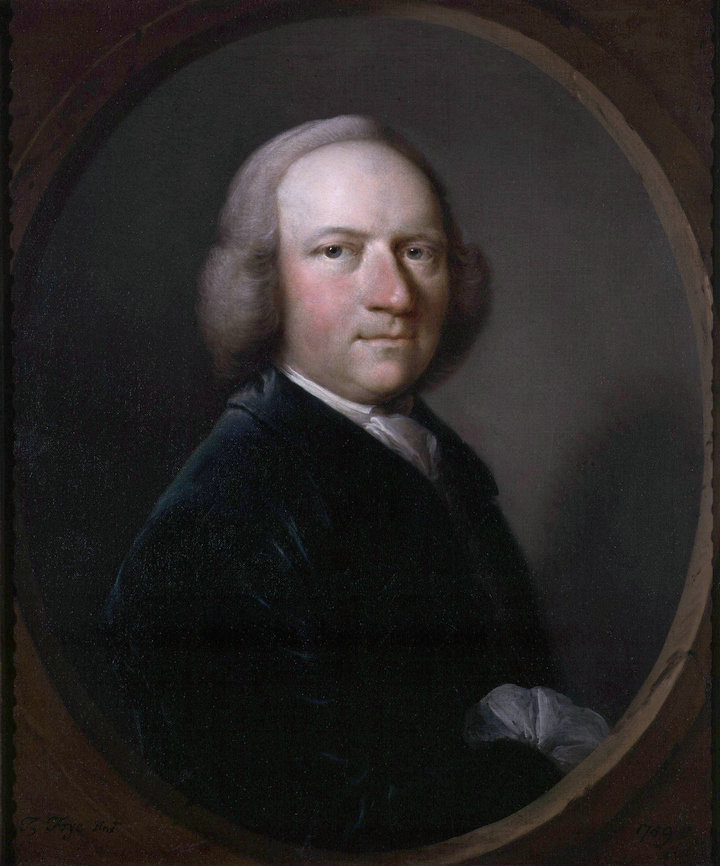Thomas Frye (born 1710, died April 3, 1762 ) is an Anglo-Irish painter and author of the recipe for the so- Bone china,best known for his portraits in oil and pastel including some miniatures and his early mezzotint engravings. He was also the patentee of the Bow porcelain factory, London, and claimed in his epitaph to be “the inventor and first manufacturer of porcelain in England”.
Thomas Frye (born 1710, died April 3, 1762 ) is an Anglo-Irish painter and author of the recipe for the so- Bone china.
Frye was born at Edenderry, County Offaly, Ireland, in 1710; in his youth he went to London to practice as an artist.
profession of painter, the oldest known works are paintings from 1734, known mainly from oil and pastel paintings.
For the Worshipful Company of Saddlers he painted a full-length portrait of Frederick, Prince of Wales (1736, destroyed 1940), which he engraved in mezzotint and published in 1741.
With his silent partner, a London merchant Edward Heylyn, he took out a patent on kaolin to be imported from the English colony of Virginia in November 1745, and became manager of the Bow factory from its obscure beginnings in the 1740s.
Together with his partner, Edward Heyly, began in 1745 with the Virginia kaolin and ash of bones of cattle producing so-called. Bone porcelain.
He retired to Wales in 1759 for the sake of his lungs, but soon returned to London and resumed his occupation as an engraver, publishing the series of life-size fancy portraits in mezzotint, by which he is most remembered.
Thomas Frye executed portraits in oil, pastel and mezzotint. The mezzotints for which Frye is chiefly remembered is this series of seventeen life-size heads, which he published in two series between 1760-1762. Although probably drawn from real life the engravings were issued without titles and, with the exception of Frye’s self-portrait, are not presented as portraits but a series of ‘fanciful heads’ arranged in diverse poses.
The second series (1761-1762), ‘Ladies, very elegantly attired in the fashion, and in the most agreeable attitudes’ demonstrate Frye’s interest in fine costume and elegant jewellery.
He died of consumption on 2 April 1762 and was buried at Hornsey.
Frye had five children; his two daughters assisted him in painting porcelain at Bow until their marriages. One of them, who married a Mr Willcox, was employed by Josiah Wedgwood at the Wedgwood Etruria works in painting figure-subjects from 1759 to 1776, the year of her death.
